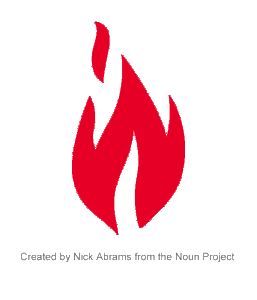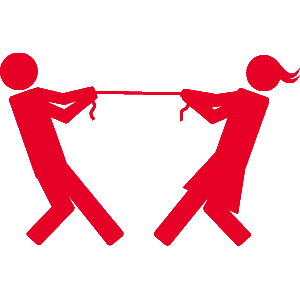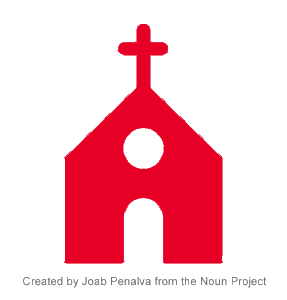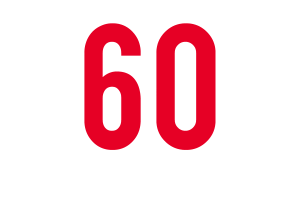Bombs that provoked rioting in Birmingham Alabama on May 11, 1963.
At 10:45 PM, a uniformed police officer exited a Birmingham police vehicle, squad car 22, and left a package near the front steps of Pastor A.D. King’s home. A witness, Roosevelt Tatum, stated that the officer returned to his car and then threw something out of the car window. Tatum was knocked over when this package exploded. The noise drew a crowd. The crowd became noisy. A.D. King attempted to calm the crowd, achieving little success. Emergency vehicles were not well-received by the crowd.
The Gaston Motel, a black-owned business that had reluctantly provided resources to the Alabama Christian Movement for Human Rights was bombed at 11:58 PM. The bomb hit the motel near where Southern Christian Leadership Conference strategists had been meeting for several weeks. Luckily, no one was injured as a direct result of this bombing.
Days between the bombings and an announcement of the “Birmingham Truce Agreement.” This agreement included partial desegregation in Birmingham, economic advancement for black workers, and a committee on employment and racial problems in the area.
Specific points in the agreement
- Within 3 days after close of demonstrations, fitting rooms will be desegregated.
- Within 30 days after the city government is established by court order, signs on wash rooms, rest rooms and drinking fountains will be removed.
- Within 60 days after the city government is established by court order, a program of lunchroom counter desegregation will be commenced.
- When the city government is established by court order, a program of upgrading Negro employment will be continued and there will be meetings with responsible local leadership to consider further steps.
Within 60 days from the court order determining Birmingham’s city government, the employment program was to include at least one sales person or cashier.
Within 15 days from the cessation of demonstrations, a Committee on Racial Problems and Employment composed of members of the Senior Citizens’ Committee was to be established, with a membership made public and the publicly announced purpose of establishing liaison with members of the Negro community to carry out a program of up-grading and improving employment opportunities with the Negro citizens of the Birmingham community.
Despite this tense local environment and intelligence that warned that the Ku Klux Klan planned to bomb the area, Alabama’s governor, George Wallace ordered the removal of state troopers who had been stationed in the area. His public safety director, Al Lingo, who didn’t have a law enforcement background, but a cabinet-making one, maintained that he could handle this KKK threat.
Approximate distance in miles between Birmingham and Bessemer, Alabama where a group of Ku Klux Klan members met the night of May 11. Imperial Wizard Bobby Shelton addressed a demoralized crowd. This audience felt that their way of life was in danger, that the grip on white supremacy and the social and political rules that accompany it was loosening. Shelton encouraged them to resist the momentum toward desegregation.
Hours between the dismissal of the Ku Klux Klan meeting and the detonation of the bombs.
Some local black people blamed the police for the bombing of the King residence, that night’s first bombing. Following the explosion a crowd gathered. Some of them began to sing “We Shall Overcome.”
Others, frustrated by the nonviolence approach within the Civil Rights Movement, began to throw rocks and other small objects. A white police officer was stabbed that evening by three black citizens.
When the Gaston Motel was bombed, more people began to mobilize. This was a Saturday night bombing. As such, many citizens had been out on the town and drinking.
Approximate size of the crowd that had gathered near the bombing sites. The crowd blocked police access to the area with their bodies and with the objects that they threw at the police vehicles.
Fire trucks, too, were immobilized. An Italian grocery store caught fire, a fire which consumed the block where it had stood.
Birmingham police dealt with the crowd by driving down the street in an armored vehicle spraying tear gas. A U.S. army tank also appeared on the scene.
The time that state troopers arrived with ho guns and troops on mounted horses. These troops suppressed any black citizens who remained on the streets, as well as white journalists in the area, who were marched at gunpoint out of the area.
Wounded individuals treated by hospitals.
Tension had been building in Birmingham for some time, and Birmingham had national attention. As a result, President John Kennedy had to decide what to do, balancing the southern desire that the federal government stay out of local affairs with the perception in other parts of the country.
Before this riot, Kennedy had said that there was no federal authority for action in Birmingham.
Approximate number of integrated picketers in front of the Department of Justice building in Washington DC in association with the events of Birmingham.
Because, in this case, blacks were the rioters, he felt that federal involvement would play better than it would in cases where blacks had been the victims of civil disorder. Soldiers who were placed on alert status in order to respond to a crisis in Birmingham as a part of Kennedy’s response to these events, Operation Oak Tree. This was the first time that troops were available not to enforce a federal initiative, but to respond to public unrest.
Soldiers who were placed on alert status in order to respond to a crisis in Birmingham as a part of Kennedy’s response to these events, Operation Oak Tree. This was the first time that troops were available not to enforce a federal initiative, but to respond to public unrest.























